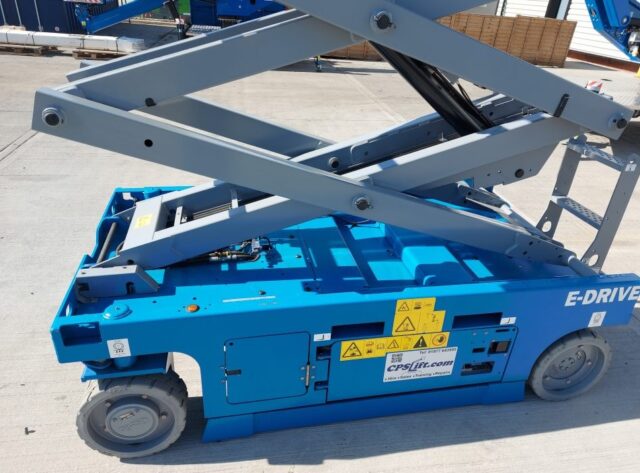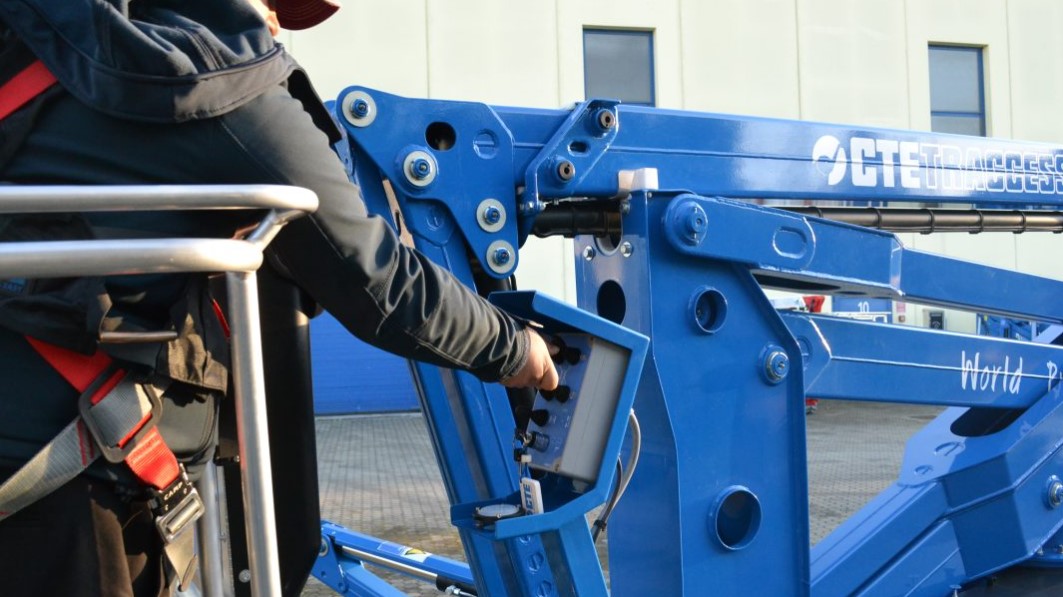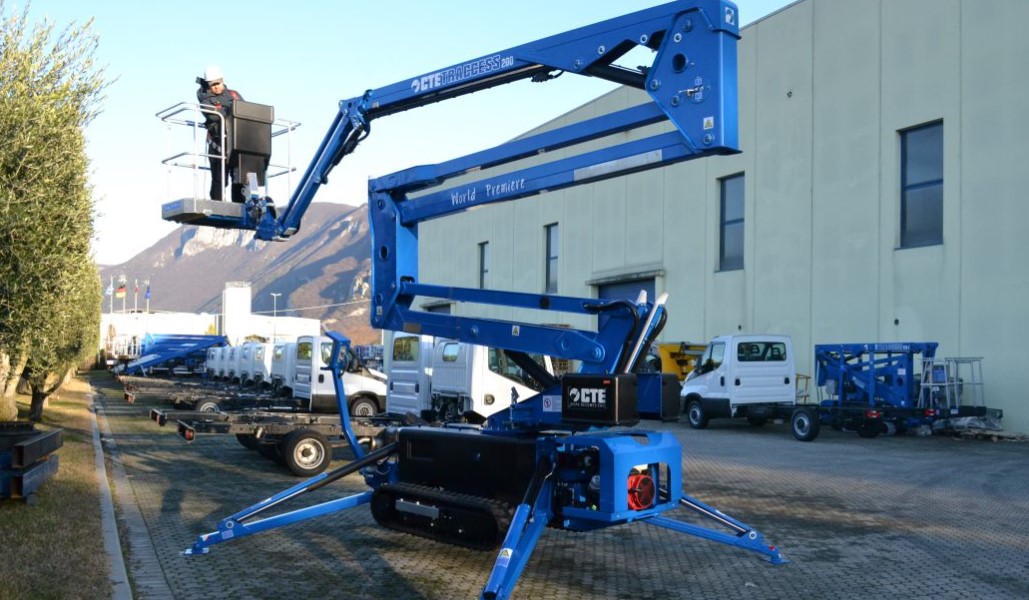
When it comes to reaching high places, whether for maintenance, construction, or any other task, the choice between access platforms and ladders is crucial. Traditionally, ladders have been the go-to equipment for such jobs.
However, modern technology and innovations have brought forth access platforms, providing a safer, more efficient, and versatile alternative.
In this article, we will delve into the numerous benefits of using access platforms over ladders. For more information on the best access platforms available, check out CPSLift.
1. Safety and Stability
One of the primary benefits of using access platforms over ladders is the significant increase in safety and stability. Ladders, especially when used at great heights, can be inherently unstable and prone to tipping.
This instability often results in accidents and injuries. On the other hand, access platforms are designed with robust safety features. They offer a stable base and are equipped with guardrails, harness attachment points, and anti-slip surfaces, all of which significantly reduce the risk of falls and injuries.
The enhanced stability of access platforms means that workers can focus more on the task at hand rather than worrying about maintaining their balance. This not only increases safety but also improves overall productivity. For tasks that require the use of both hands or involve handling heavy tools and equipment, the added stability of an access platform is indispensable.

2. Efficiency and Productivity
Access platforms significantly boost efficiency and productivity on the job site. Unlike ladders, which require frequent repositioning and climbing up and down, access platforms provide a large working area and the ability to move horizontally and vertically with ease. This mobility allows workers to complete tasks faster and with less physical strain.
With access platforms, there is no need to constantly adjust the equipment, which saves valuable time. Workers can position the platform at the optimal height and location for the job and make adjustments as needed without dismounting. This seamless workflow is particularly beneficial in construction and maintenance tasks where precision and speed are essential.
Furthermore, access platforms come in various types and sizes, catering to different job requirements. From scissor lifts to boom lifts, there is an access platform suited for every task, ensuring that workers have the right tools to maximize their efficiency.
3. Versatility and Reach
Access platforms offer unparalleled versatility and reach compared to ladders. Ladders are limited in height and can only be used in relatively straight vertical positions. This limitation makes it challenging to access areas that are high up or situated in awkward locations.
In contrast, access platforms can extend to impressive heights and reach over obstacles, allowing workers to access hard-to-reach places with ease. Boom lifts, for instance, can extend horizontally and vertically, making them ideal for tasks that require working around or over obstacles. This versatility is crucial in industries such as construction, where accessing various heights and angles is a common requirement.
Moreover, access platforms can be used indoors and outdoors, on uneven terrain, and in confined spaces. Their adaptability makes them suitable for a wide range of applications, from warehouse maintenance to outdoor construction projects.

4. Ergonomics and Worker Comfort
Another significant advantage of access platforms is the improved ergonomics and worker comfort they provide. Ladders can be physically demanding, requiring workers to maintain awkward positions and balance themselves for extended periods. This can lead to fatigue, muscle strain, and even long-term injuries.
Access platforms, on the other hand, offer a comfortable working environment. Workers can stand on a stable surface with plenty of room to move around. The platforms are designed to support the natural posture of workers, reducing the risk of musculoskeletal disorders. Additionally, the guardrails and safety features provide peace of mind, allowing workers to focus on their tasks without the constant fear of falling.
The enhanced comfort and ergonomics of access platforms lead to better job satisfaction and reduced absenteeism due to injuries. When workers are comfortable and safe, they are more likely to be productive and deliver high-quality work.
5. Reduced Risk of Damage
Using ladders for tasks involving delicate surfaces or valuable equipment can pose a risk of damage. Ladders can scratch or dent surfaces and are prone to tipping over, potentially causing damage to both the ladder and the surrounding area. This is particularly concerning in settings such as historical buildings, high-end residential properties, or facilities with sensitive equipment.
Access platforms, however, are designed to minimize the risk of damage. Their stable base and controlled movements ensure that they can be positioned precisely without causing harm to the environment. Many access platforms are equipped with non-marking tires and cushioned contact points, further reducing the risk of damage to floors and walls.
In environments where preserving the integrity of surfaces and equipment is crucial, access platforms are the superior choice. They provide a safe and controlled means of access that protects both the workers and the property.

6. Cost-Effectiveness
While access platforms may have a higher initial cost compared to ladders, they offer significant long-term cost savings. The increased safety, efficiency, and versatility of access platforms translate into fewer accidents, reduced downtime, and higher productivity. These factors contribute to a better return on investment over time.
Access platforms also reduce the need for additional safety equipment and measures that are often required when using ladders. With built-in safety features and stability, the overall cost of ensuring a safe working environment is lower.
Furthermore, access platforms have a longer lifespan and can handle more demanding tasks than ladders. Their durability and robustness mean that they require less frequent replacement, leading to further cost savings in the long run.
7. Choosing the Right Equipment
When selecting equipment for reaching high places, it’s essential to consider the specific needs of the task at hand. While ladders may still be suitable for simple, low-height tasks, access platforms offer a superior solution for more complex and demanding jobs. Their safety, efficiency, versatility, and cost-effectiveness make them the preferred choice in many industries.











